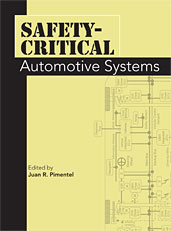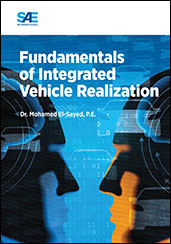Journal Article
Expanding Virtual Simulation in Product Realization
2011-04-12
2011-01-0530
Virtual Simulations tools are extensively utilized by many industries today in product development processes. In auto industry, however, this utilization has not reached its full potential. So far virtual simulations have been playing a supporting role in traditional product development processes founded on physical builds. To reach the full potential of virtual simulation, in reducing the product development time and costs, a paradigm shift in the product development processes and the role of both physical and virtual simulations is need. For an integrated realization process, innovation, analysis, integration, and continuous correlations are necessary design practices for achieving the desired product attributes. This paper, discusses the expansion of the virtual simulation role in an integrated product realization process to reshape the traditional product development process.


